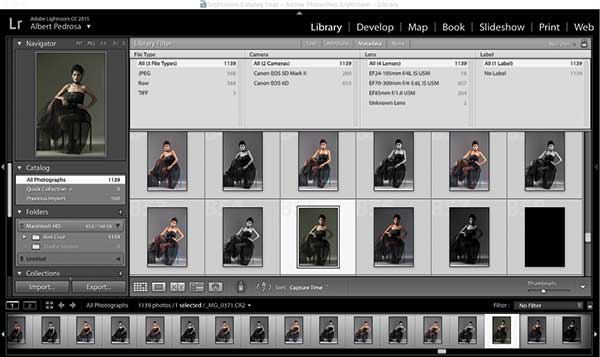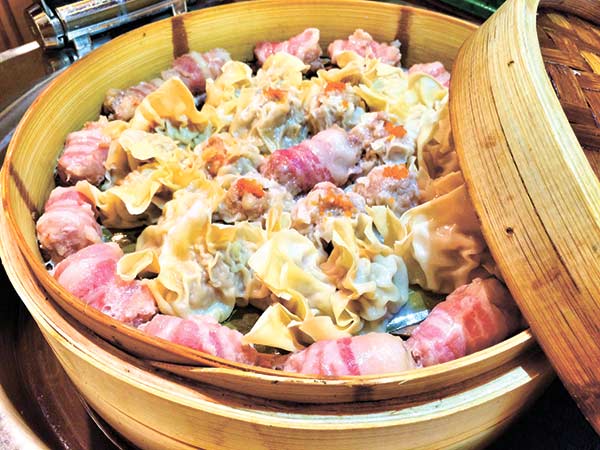What lens to buy
I always have a difficult time answering to photographers who ask me what lens to buy. Not that I don’t want to help, it’s just that the answer needs a more serious sit down and discussion to explain it right. Lenses are specialized based on your specific needs. That is the major advantage of having a replaceable lens camera.
The rule when buying a lens is that quality and durability will always speak its price. There are variables that needs to be considered, such as focal length and aperture. There are also the zoom and prime lenses.
Here’s a list of lenses and their usage based on a 35mm sensor.
1. 50mm. This is a prime lens. Normally prime lenses are inherently sharp because of its simple mechanical structure. The angle of view is just enough to shoot portraits with a good wide background. You can fit two to three persons in the frame.
2. 85mm. Although it is still a portrait lens, this lens has lesser background view. It has a narrower view such that less of the background is seen. Perfect for isolating and putting more attention on the subject. One to two persons can fit in the frame.
3. 70-200mm. This is a classic lens many photographers love. It sits between 50 and 85 and can zoom up to 200mm. The advantage when increasing your focal length is it compresses the background and the foreground, leaving you with a less cluttered background. It’s a versatile lens used by portrait and landscape photographers.
4. 17-40mm. If you’re a landscape photographer, this is a must-have lens. Not so good for portraits since it has an obvious distortion, which is not flattering to your subject. The angle of view is just perfect when shooting landscapes. It covers a good view.
5. 24-70mm. All around lens. You can shoot portraits and landscape with this one. Normally used for any kind of event.
6. 24-105mm. Very similar to 24-70 but it offers a longer zoom. Covers a good wide angle and offers extra reach especially when traveling and you need to zoom in a bit more.
7. 100-400mm. This is a heavy lens. Definitely not versatile. It is normally used for bird or wildlife photography and sports.
8. 100mm macro. Macro lenses are designed to shoot at a very close distance from the subject. You can shoot subjects as small as ants and magnify them to fit the entire frame. In wedding photography, this is mostly used to shoot rings and other details. Good for tight headshots, too.
9. 8mm Fisheye. This is a special effect lens. It’s too wide that even the person beside you gets in the frame. It offers a “wow” impact on your composition, but it needs a good trained eye to get it right. It doesn’t offer versatility and maybe only a nice-to-have lens.
There’s so much more to talk about lenses that it can even fill up an entire book. Experience is key when using the right lens to get that right perspective that fits your taste. There’s definitely rights and wrongs when using different type of lenses, so use the right one for the job. Keep on shooting, everyone!
photomania.sunstar@gmail.com
www.grp.ph





